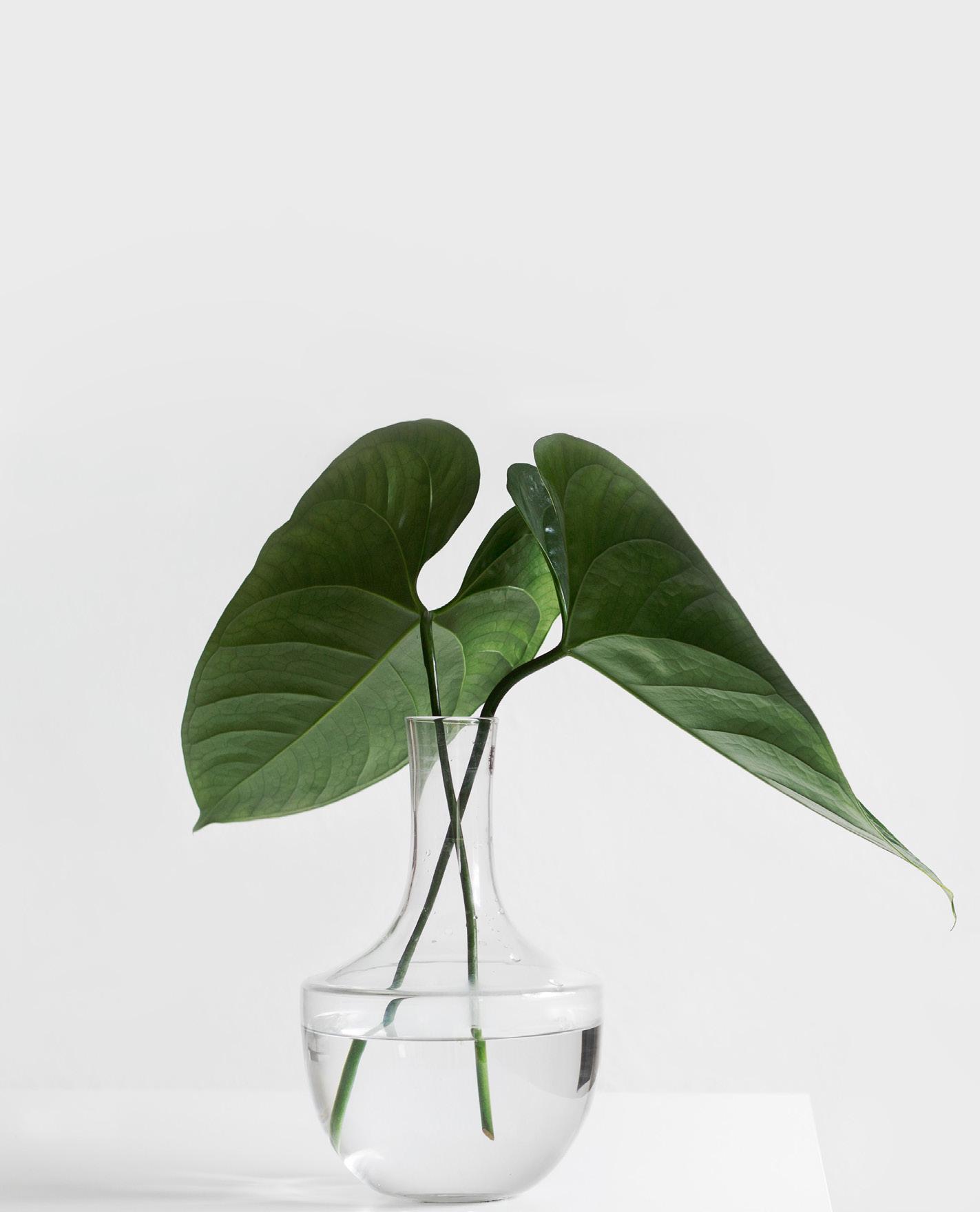
9 minute read
CAN POSITIVE FUTURES BECOME PLACES TO BE
By Hank
Kune
THIS is the story of a Positive Cartography process, and how it was tested during the UNESCO Futures Literacy week in December 2020.
Positive Cartography is about groups and communities envisioning their own desired futures, and creating maps that describe them, using available research, knowledge and forecasts, as well as their own imagination; then adding one additional ingredient – the commitment to assume shared responsibility for helping to make these futures happen.
Many people lack positive images of

the future; it has been a recurring societal pattern since the 1980’s, and today it is exacerbated by a tsunami of scientific and other warnings about climate change, the imminent collapse of ecosystems, and an onrushing 6th extinction. There are vast landscapes of ‘bad news’ in the media. It’s said that many young people lack confidence that ‘the future’ will turn out well. And if young people are not hopeful, the future will be a gloomy place indeed.
Because people are often disheartened by the negative prognosis of many attempts to anticipate the future, the Global Lab for Societal Innovation is developing an intellectual antigen: a process that supports people thinking about the futures they really want, and the actions needed to make them happen. It pu ts sense of opportunity ahead of sense of urgency, and aims to support people taking hopeful step towards futures literacy and collaborative action.
The Positive Cartography methodology is still an emerging work-in-progress, consisting of three interlinked processes of sense-making, story-making, and mapmaking. It is grounded in visual storytelling, using images to help surface deeper thoughts not always accessible through language or across cultures.
The first part of the Positive Cartography process was demonstrated in three separate sessions during the UNESCO Futures Literacy week. A total of 62 people from a dozen countries took part in at least one of the sessions, which lasted 60 or 75 minutes. Zoom and Miro were used for conversation and visual storytelling, with a facilitator orchestrating activities in each of the platforms. The focus was to
“The future is not what it used to be.”
describe ‘Your community after Covid-19 recovery in 2025’, using visual images made available online and encouraging people to add new images of their own.
No one expected 20 strangers would build powerful and coherent stories in an hour. We did hope that they would engage in inspiring conversations around diverse and sometimes surprising themes, and that’s just what took place.
The first session saw participants starting to build stories around a “cartography of hope” that would help people “take back control of the future”: not going back to any kind of ‘normal’ that never worked adequately before the pandemic. Conversations ranged much further than the 2025 Post-Covid community horizon, to take up issues of eco-justice and a “repair-and-restore toolset” for the environment, the similarity between tree-networks and brain-networks, and the importance of getting enough oxygen – essential for rethinking institutions – into the atmosphere.
In the second session, conversations emerged around images of collective intelligence and inclusivity in knowledge processes. Inspired by the Dutch Netherlands 2120 project, people emphasized the importance of thinking beyond the usual 4-year frame. People spoke about the need for mastering the skills of taking risks – the risks of taking a journey, of acting effectively in crisis situations, or in riding the tsunamic waves of change. “Change our myths” and our narratives, participants said, taking inspiration from indigenous peoples with “deeper knowledge than our own” and nomadic peoples bringing the knowledge of the places they pass through to many others.

The third session wove conversations around reinventing democracy, making it more immune to the pitfalls of shortterm thinking. “I would like my small town council to look like the Agora of Athens: smart people with good intentions, but also in interaction with children,” said one participant. People picked out the iconic cartoon-image of Glen Baxter, showing a man sawing off the branch he is sitting on, with its caption It Seemed to Make Perfect Ecological Sense, as an example of how we must use Corona to help reframe our priorities and the questions we ask the future.
Across the three sessions there were many common threads.
When asked to think about ‘your community’ people were challenged to think more deeper about ‘my’, and what communities and commons they actually belong to. Redefining – even reinventing –communities as “interconnected communities of global citizens” was discussed in most of the conversations. Humans have always been able to make sudden leaps; the question now is “How to make a collective jump of collaborative intelligence?” Making informed choices based on imagination seems to be a way forward. And rejecting complacence: “When we become complacent the past comes back to bite us”.
Can collective imagination change our options for desired post-Covid communities?
These three sessions show that even simple visual story-building for 60 minutes can generate new insights and questions, new enthusiasm, and seeds for potential action. The image of a young boy with his map inspired the advice: “Start using Positive Cartography in kindergartens, young people can already make maps.”
People embraced the possibilities of a fully realized Positive Cartography process taking place across more time and several days; it holds the promise of visualized knowledge, creative dialogue, and curating dreams.

THE POSITIVE FUTURE COMPETITION, “THE CITY IN 2100”, HAS NOW BEEN LAUNCHED!
THe Fondation 2100 and the IEA (the Paris Institute for Advanced Study), in partnership with the Institutet för Framtidsstudier (Institute for Futures Studies) in Stockholm, have launched the first Positive Future competition. The goal is to encourage the creation and dissemination of energizing visions that describe a desirable world that is worth living in.
The Positive Future competition will reward creative and original contributions on the theme of “The City in 2100”. Candidates should present a realistic and original vision of cities in the future, in the form of a newspaper article, a short story, a video or a graphic novel.
The subject is an invitation to think about our lifestyles and urban spaces in the coming century, as well as our relationship with the land and rural areas. The jury will be made up of futurologists, business leaders, and personalities from the worlds of science, industry, the arts, the media and politics. It will reward visions of possible futures that are believable from scientific, technical, political and social standpoints. The main selection criteria will also include the ability of proposals to generate commitment, create social links, and provide directly actionable perspectives.
The competition is open to anyone aged 18 or over, whatever their nationality, age or profession. Proposals may be
submitted by individuals or groups, in French or in English.
Find all the terms and conditions of the competition on the website, as well as tips on how to carry out your project and scientific resources. A prize of 10,000 euros is at stake! Good luck!
More info : www.positive-future.org
AFTERMOST

CAN LISTENING TO YOUR HEART-BEAT CHANGE YOUR IMAGE OF THE FUTURE?
By Tyler Mongan
Managing Editor
ON the third day of a five day vision quest in the desert of Arizona, I awoke in the middle of the night to a loud, rhythmic drumming sound. I scanned the external environment to locate the sound, but quickly realized I was all alone. Where was this sound coming from?
I shifted my focus internally and discovered the sound was the beat of my heart. I was in medical school at this time and I had listened to many heart beats through a stethoscope, but this was different. I had never really listened to my own heart beat, and the sound scared me a little, but it also gave me comfort.
It was several years later that I discovered the practical application of listening to your heart beat; first in martial arts training and second during goal setting research. One of the “secrets” passed on to me during martial arts training is to beat your heart beat into your sword. In this way the sword becomes one with you, you move as one thing, and you are less likely to cut yourself. During goal setting research I discovered that listening to your heart beat can shift your physiological state and mindset. Heart-beat focus increases alpha waves, increases brain connectivity and decreases stress; creating a more optimal state for thinking about what you want to accomplish in the future.
Expanding on this I have since utilized heartheat focus during foresight facilitations to help executive teams sustain creative, collaborative, and imaginative brain states. These brain states allow teams to decouple their imagination from the past so they can allow new images of the future to emerge. By focusing on the heartbeat, individuals and teams enter states where they can “imagine something they have never imagined before.” This opens the future to new possibilities and changes that align with the beat of the heart.
If you are interested in exploring how heartbeat focus can change your image of the future, give it a try. Find your heart beat in the wrist, neck or chest. Focus on the beat of the heart for 2-3 min, and then start exploring the future.

PHOTO CREDITS
Main Cover Image - Thinh Nguye - Unsplash Inside Cover Image - Pawel Czerwinski - Unsplash Pages 4-5 - Scott Webb - Unsplash Pages 6-7 - Colin Lloyd - Unsplash Pages 8-9 - Ivan Bandura - Unsplash Pages 10-11 - Jacek Dylag - Unsplash Page 12 - Glen Carrie - Unsplash Page 13 - Christin Hume - Unsplash Pages 14-15 - Jr. Korpa - Unsplash Pages 16-17 - Yingchou Han - Unsplash Page 19 - Nikhita - Unsplash Page 20 - Nik Macmillan - Unsplash Page 21 - Luis Galvez - Unsplash Page 22 - Eugene Chystiakov - Unsplash Page 23 - Markus Winkler - Unsplash

Page 24 - Mulyadi - Unsplash
Page 25 Page 26 Page 40 Page 45 Page 50 Page 62 Page 66
- Solen Feyissa - Unsplash - Freepik - Freepik - Glenn Carstens - Unsplash - Annie Spratt - Unsplash - John Mark Smith - Unsplash - Danist - Unsplash Pages 73 - Scott Webb - Unsplash Pages 74 - Wesley Tingey - Unsplash Pages 82-83 - Pierre Chatel - Unsplash Pages 90 - Annie Spratt - Unsplash Pages 92 - Clay Banks - Unsplash Pages 93 - Ryoji Iwata - Unsplash Pages 94 - Fadi Xd - Unsplash
Layout Artist: Jeremae Jumao-as
Visit us at WFSF.org twitter: @worldfutures www.linkedin.com/company/ world-futures-studies-federation/











